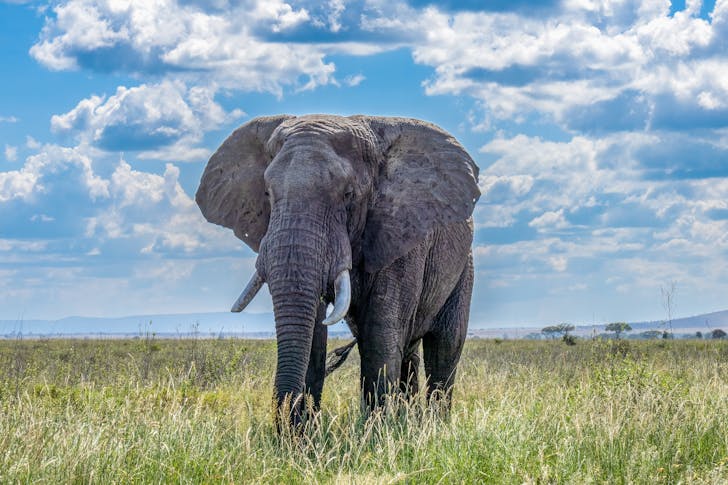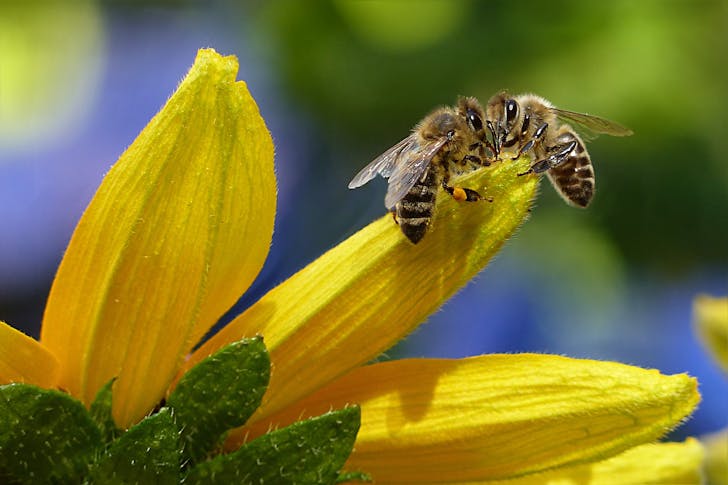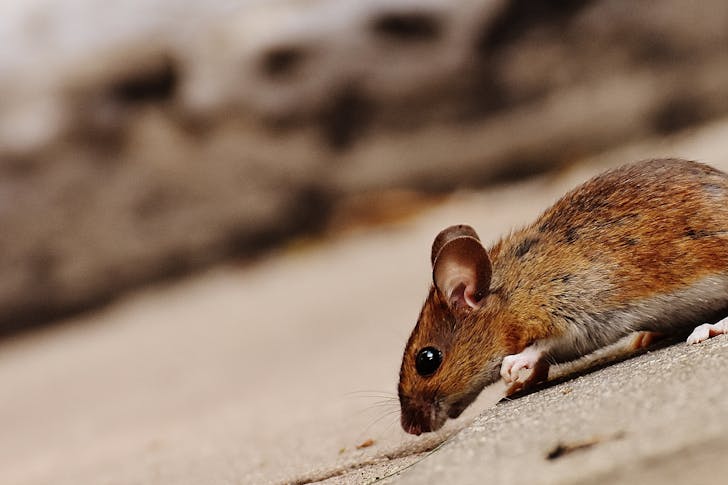In the animal kingdom, the sense of smell is not just about detecting a waft of food; it's a crucial survival tool. Some creatures rely on this sense to find food, others to track or evade predators, and yet others to communicate. So, what animal has the best sense of smell? Here’s a countdown of our top 10:
What Animal Has the Best Sense of Smell? The Top 10 Animals
1. The African Elephant
This majestic animal interprets the world using its impressive trunk, packed with olfactory receptors. Elephants have the strongest sense of smell of any living creature, a crucial trait that enables them to communicate, find food, and navigate their vast habitats. Their sense of smell is so refined that it surpasses that of any other terrestrial animal, playing a critical role in their survival and social interactions.

chris clark | Pexels | The African Elephant interprets the world using its impressive trunk, packed with olfactory receptors.
2. Bloodhounds
When it comes to man's best friend, no breed has a more storied sense of smell than the bloodhound. Renowned for their tracking abilities, these dogs have been indispensable in search and rescue operations. A bloodhound’s nose can pick up and follow scent trails that are days old, making them unmatched in the canine world for their smelling prowess.
3. Bears
The sense of smell in bears is nothing short of remarkable. It guides them to food sources, including carcasses that can be several miles away. Whether it’s for hunting or foraging, a bear’s nose is one of its most vital tools, enabling it to thrive in diverse environments, from deep forests to arctic extremes.
4. Silk Moths
Silk moths may lack traditional noses, but their olfactory receptors are highly tuned to detect even the faintest scents. These moths can sense potential mates from incredible distances, showcasing a form of chemical communication essential for their survival and reproduction.
5. Honey Bees
Honey bees play a pivotal role in our ecosystem as prolific pollinators. Their ability to detect floral scents from great distances allows them to find and pollinate a variety of plants effectively. This not only aids in global food production but also supports biodiversity within various habitats.
6. Sharks
Among the aquatic giants, sharks reign supreme with their olfactory capabilities. Great white sharks, in particular, have an unmatched ability to sniff out potential prey from miles away. This powerful sense of smell is vital in their role as apex predators, guiding them to food sources across vast oceanic distances.
7. Cows
Cows might not be the first animals that come to mind when discussing olfactory abilities, but they have a highly developed sense of smell. They utilize this to select the freshest, most nutritious grasses and plants, sense the presence of predators, and even navigate their social world within the herd.
8. Olms
The olm, or cave salamander, lives its entire life in the pitch-black depths of underwater caves. Lacking vision, olms have evolved to depend profoundly on their sense of smell to navigate and hunt in their darkened world. Their ability to detect chemical signals in the water makes them fascinating subjects of study in sensory biology.
9. Opossums
Opossums, often underestimated in their ecological role, showcase a remarkable sense of smell. This sense helps them scavenge for food as omnivores, exploring both plant and animal-based foods. A curious aspect of their behavior is their ability to emit a foul odor when playing dead, a defense mechanism that further highlights their sensory adaptations.
10. Rats
Despite their small size, rats possess an extraordinary olfactory system. These clever rodents use their keen sense of smell to avoid predators, locate food, and even communicate with one another. Their ability to detect minute changes in their environment makes them invaluable in various scientific and humanitarian applications, including landmine detection and identifying diseases like tuberculosis from scent samples.
The animals listed here demonstrate just how varied and vital the sense of smell can be. From the depths of the ocean to the darkness of underground caves, nature has crafted a plethora of olfactory wonders, each adapted to the unique challenges of their environments.






